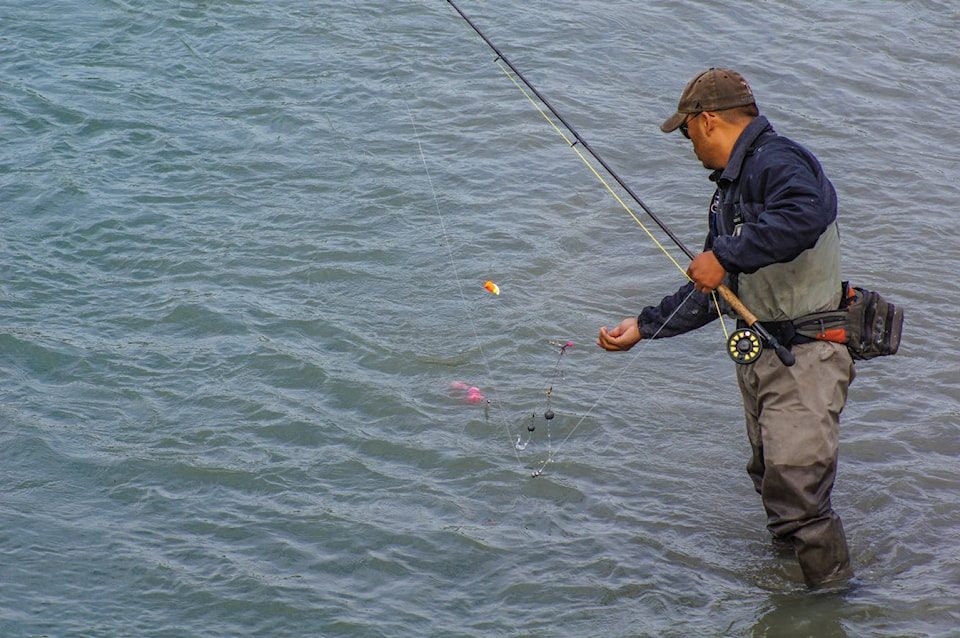Nearly half the juvenile chum salmon breeding stock at the Kitamat Hatchery had to be destroyed last week after they were infected with a virus.
The outbreak of Infectious Haematopoietic Necrosis (IHN) virus in a tank containing 879,000 chum fry was detected on Thursday, March 29, a day hatchery manager Markus Feldhoff said he will never forget.
“This was one of the worst days of my 27-year career working in enhancement,” said Feldhoff.
When the outbreak was detected the hatchery implemented a plan to immediately remove the fry from the facility and have them destroyed to avoid the virus spreading to an adjacent tank containing the rest of the breeding stock of 883,000 fry.
“We netted the fish, put them in a tank and transported them to the landfill. We made arrangements for a pit to be lined with lime and added additional lime to the fish before they were covered,” said Feldhoff.
He said there is no sign of the virus in the rest of the breeding stock which are due to be released in a week’s time. The tank containing the infected fry was disinfected as much as was possible without endangering the neighbouring tank with the healthy fry.
“As soon as the healthy fry are released we will be doing a thorough disinfection of the tanks,” said Feldhoff.
He said it was unlikely that the hatchery would be able to determine how the virus got into the tank.
“We have all our biosecurity measures in place. It’s unfortunate that it happened, but it’s not the first time,” said Feldhoff.
Last week’s incident was the third to happen at the Kitimat hatchery, the first and second incidents in 1993 and 1997, also involving chum.
The number of chum in the river this year won’t be affected – they were spawned from 2013 to 2015.
“In 2020, 2021 and 2022 we will likely see a reduction in the numbers of chum returning to the river,” said Feldhoff.
DFO communications adviser Athina Vazeos said the hatchery staff is working closely with the Canadian Food Inspection Agency (CFIA), which is the lead federal agency for reportable disease investigations.
“Together the hatchery and CFIA will control the risk to wild stocks from the outbreak of IHN virus at the Kitimat River Hatchery,” said Vazeos. “The department will continue to monitor the remaining fish at the hatchery for any signs of the disease.”
She said the IHN virus is a naturally occurring pathogen throughout the Pacific West Coast, from Alaska to California.
”IHN is not uncommon in Pacific salmon stocks and does not pose a risk to human health,” she added.
